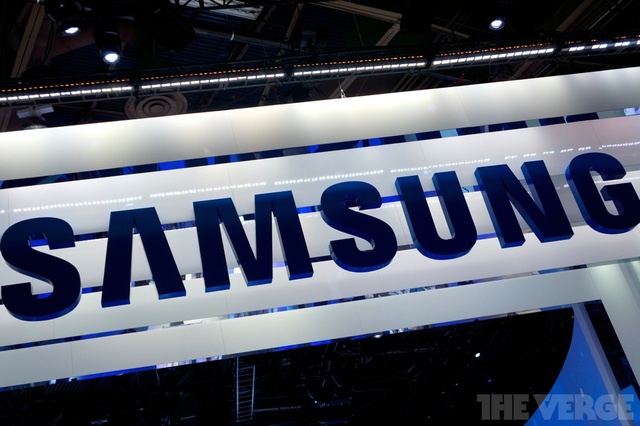
Samsung has grown leaps and bounds in the past half decade. Most of its growth happened due to smartphones and tablets. Right now, Samsung stands tall as world’s largest mobile phone brand. But how has it managed to grow at such a pace?
Samsung is not only a smartphone brand but a really huge conglomerate that does business in various fields such as life insurance, chemicals, marine, etc. It was decided in 1995 that Samsung would change its strategy and start researching, designing and manufacturing electronic components to better understand their working. It builds a lot of tiny equipments and parts that are used in assembling smartphone, tablets and laptops. Samsung has their own fabrication unit used to build silicon wafers such as processors, RAM and flash storages. Apple designs their own processors but they don’t manufacture them because they don’t own any of their fabrication units. Apple, in 1995, struck a deal to use memory chips manufactured by Samsung. In fact, most of the components used in making latest Apple devices such as iPhone 5S, iPod Touch, iPad and Macbook Air are originally manufactured by Samsung and then are used by Foxconn during device assembly. Go here to unlock a Samsung phone to any network.

How Samsung Became the World’s No. 1 Smartphone Maker
Even with a long list of lawsuits that Apple has filed against Samsung and vice versa, they both are interdependent. Well at least 2-3 years from now. Samsung is the sole manufacturer of Apple A7 chips that are used in iPhone 5S, iPad Mini Retina and iPad Air but there are rumours that Apple is planning to slowly move away from Samsung as their chips supplier. This helped Samsung in knowing Apple’s background strategy
More Profit, More Revenue & Better Certainty

Samsung announces $9.56 billion profit in latest record-breaking quarter
Because Samsung owns and controls the equipment research and manufacturing, they are able to bring products with newer technology faster than anyone else in the industry, be it faster RAM, larger storage, thinner screens or better ISOCELL cameras sensors. Not only they procure components faster than others, they also get it at cheaper rates. This results into cheaper manufacturing rates and helps Samsung in selling their devices at lower price tags than competitors. Samsung can also use more powerful materials yet sell products at lower prices. According to iHS iSuppli Research, it costs Samsung $241 to manufacture Samsung Galaxy S4 (LTE version) while its competitor, iPhone 5 costs only $199 to build has less powerful internals. Yet, Samsung Galaxy S4 costs US $550 – $600 (16GB, carrier unlocked) while the iPhone 5S costs around US $800 – $850 (16GB, carrier unlocked).
Also, most of the part of Samsung Galaxy price of manufacturing goes back in to their component manufacturing division, increasing their overall revenue, which in turn goes back in to research funding. In case of other Android smartphone brands like HTC, they were recently hit with uncertainties in manufacturing their devices because of problems in procurement of components like camera sensor units, in case if such shortages happen. This won’t happen with Samsung because their component manufacturing division can prioritise supplies to Samsung by holding off others.
Samsung Is Now Bigger Than Android

Samsung’s ChatON Messaging Service Now Bigger Than BBM With 100M Users
Thanks to their OEM business, they are now not only the biggest smartphone brand but the largest mobile phone brand ever (including smartphones and feature phones). Even though we can’t deny how much Android had a helping hand to Samsung’s immense growth, we have to commend Samsung for leveraging the chance and using it effectively. They are now in fact bigger than Google. People are so used to Galaxy smartphones that they feel disconnected while using a Nexus device. According to latest numbers, Samsung sells more than a million Android phones per day (total number of Android device activations till now: 1 billion). This huge number now helping Samsung in attracting more developers and more exclusive apps/content for their smartphones, killing the competition entirely.




